



Climate change and diet don’t have to be at odds with one another. You can make choices starting today that help reduce the demand for our planet’s resources. There are some easy and tasty plant-based swaps you can make that even the most ardent carnivores in your life can accept.
If changing to a plant-based or vegan diet seems overwhelming, then start small and swap one animal-based product you regularly use for a plant-based version that will still provide protein and other nutritional value. Small changes can have a big impact.
It’s helpful to know how the little choices we make in the grocery store, farmer’s market, and local restaurants can have larger impacts on the environment as a whole. Climate change is affected by the choices we make in our diets across virtually every aisle in the grocery store.
Let’s talk a little about what we mean when we say climate change. Simply put, climate change refers to the change in conditions, like temperature and rainfall, over a period of time. Right now, we’re facing devastating climate change on a global scale.
For countries like the United States, which has a massive agricultural system in place, the number of resources it takes to raise certain livestock and plants has a huge impact. It’s not just the raising; it’s the growth, production, transportation, storage, and waste that creates harmful chemicals that affect the entire planet’s climate.
When done at a massive scale, livestock and dairy products can be very harmful to the environment. Read on for some tasty, plant-based swaps you can make that even the most dedicated dairy and meat lovers can appreciate.
Several plant-based sources offer a comparable texture, creaminess, and flavor of milk with less environmental impact and positive health benefits. Here are our top three:
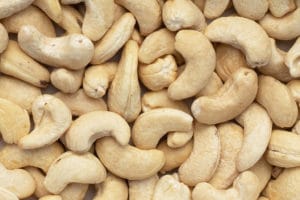
Cashews are seeds from the cashew tree and can be considered a nut or a fruit. They hail from Brazil and have been an increasingly popular ingredient in dairy substitutes like milk, yogurt, butter, etc.
Cashew production is relatively sustainable, with no known significant damage to the environment when they’re grown organically.
Cashews are loaded with nutrients, which makes them an awesome plant-based swap for dairy. Cashew milk contains healthy fats, proteins, vitamins, and minerals. Cashews also have a sweet, creamy flavor, and the milk has a mild flavor, which many consumers find similar to cow’s milk.
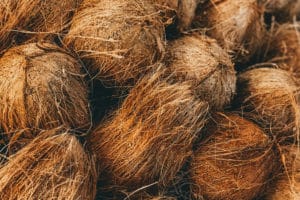
A coconut is not actually a nut! It’s a drupe. A drupe is a fleshy fruit that has thin skin and a central seed contained within it. Avocados, peaches, plums, and almonds are also drupes.
Coconuts are considered eco-friendly because coconuts are harvested by hand and don’t require heavy machinery or pesticides or herbicides for growth.
Coconut milk is made by grating the “meat” and simmering it in water until it forms a creamy paste. From there, coconut milk can be used to make other dairy substitutes. Coconut has a naturally sweet, creamy flavor and is a popular, wildly available option in several countries, including the US.
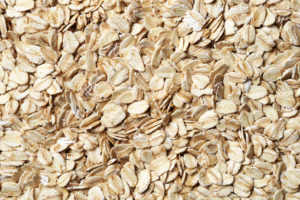
While you more often than not encounter oats as oatmeal, oats also make healthy and delicious milk and dairy substitutes. It has more calories, fiber, and carbohydrates than cow, almond, and soy milk but is low in fat, cholesterol-free, and can help regulate blood sugar levels.
Oats are a low-input crop, which makes them environmentally friendly to grow. They can help increase crop diversity, reduce soil erosion, and control things like weeds, insects, and some plant diseases. So, they’re not just good for your health; they make wonderful plant neighbors.
Oatmilk is typically made by blending rolled oats and water and straining the mixture to remove any of the oats that were not liquified in the blending process. Oat milk and oat dairy products are often described as sweeter than cow’s milk.
Not only can these ingredients be used to make milk, but you’ll also find them in plant-based dairy products like cheese, yogurt, butter, sour cream, and cream cheese. Forager Project® only uses sustainably sourced and environmentally sustainable cashews, coconuts and oats for milk, yogurt, probiotic shakes, sour cream, and more. To learn more about Forager Project® dairy substitutes, check out our product page.
There are several different plant-based options available right now that you can get to swap out for meat in most recipes:
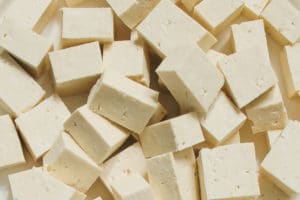
Traditional Tofu is made from curdling soy milk and forming it into a concrete block, though, in recent years, other beans like hemp and chickpeas have been used. You can typically find it at your local grocery store in densities from soft to extra firm. Tofu is from China and has been eaten for over 2,000 years. It’s often a traditional ingredient in foods from all over the world like Japan, Korea, Thailand, and Indonesia.
Soybeans are typically an environmentally friendly crop. Organic soybeans use less water than most dairy and meat production, while soy raised on inorganic farms often require irrigation (more water).
Tofu is also an excellent mimic as it has substantial protein and tastes like whatever it’s cooked in. The herb, spices, and oils you use to make your favorite recipes will be absorbed by the tofu, so you get all of the dish’s best flavors in each bite. Tofu is a good source of protein and provides all nine essential amino acids. Tofu also contains fiber, and a host of vitamins and minerals, and it’s cholesterol and saturated fat-free.
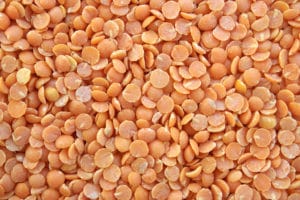
Lentils are small legumes that grow in pods. You’ll typically see them in your local store or market being sold dried. While they are related to beans because they both grow inside a pod, lentils are a completely different seed.
Lentils are often hailed as one of the most eco-friendly foods because they don’t require a lot of resources, and, like peas, they work with bacteria that convert nitrogen in the atmosphere and use it to enrich the soil around it, improving soil fertility and reducing agricultural needs for fertilizers.
The taste of lentils is most often described as “earthy,” making it an excellent ingredient for stews and patties. Lentils varieties include French, black, green, and red – there are subtle texture differences in each type of lentil, the red lentils are softest. Lentils are also budget-friendly and, in some places, can be purchased by the pound for under $1. Lentils are also a good source of protein and fiber, making them a satiating meat substitute.
Seitan is made from vital wheat gluten and can be made at home (though some have described it as an arduous process), or purchased at most organic markets and stores.
Wheat is a sustainable crop that doesn’t significantly damage the environment as long as it’s grown organically, without pesticides. It is noted that it is not gluten-free because it is made from wheat and goes by the names “wheat gluten” and “wheat protein.”
When it’s cooked, seitan takes on the texture and look of meat, and like the other items on this list, will absorb the flavors in which it’s cooked, baked, grilled, or fried. One serving of Seitan packs 20+ grams of protein and less than 5 grams of carbs, making it similar to meat from a nutrition facts perspective.
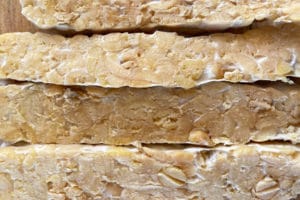
Tempeh is made from fermented soybeans. It’s different from tofu in a few key ways: it has a firmer consistency and has much more protein because tempeh comes from soybeans directly and not from soy milk, as tofu does.
As mentioned in the Tofu section, organic soybean production is eco-friendly.
Often described as “earthy” or “nutty,” Tempeh is a perfect meat substitute for more savory dishes. Similar to Tofu, tempeh absorbs the base flavors in which it is prepared, yet it has a more firm and less uniform texture.
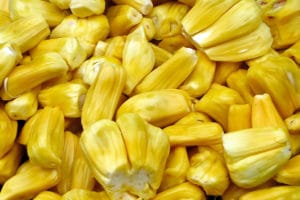
While the “fruit” in the name may cause a double-take, jackfruit has become an increasingly popular meat substitute made from green jackfruit “meat” before it ripens to its natural yellow color. A tropical fruit that grows in South and Southeast Asia, the Jackfruit is the largest tree fruit globally and can reach up to 100 lbs. per fruit.
It’s considered low on the CO2 scale because it has not been known to cause significant damage to the environment when grown organically (without pesticides). The trees don’t require irrigation and can be intergrown with other crops to create a regenerative ecosystem or an ecosystem capable of sustaining a diverse and complex range of plants and animals.
While not as high in protein as the other meat substitutes, Jackfruit is a good meat substitute due to its meaty texture. In fact, depending on the preparation method, some eaters may not be able to tell the difference between this and the animal product they were expecting. Jackfruit also has essential nutrients like potassium, fiber, and magnesium, making it a healthy and tasty meat substitute.
It’s important to note that most of these substitutions taste more like what you’re cooking it in and not like meat. These ingredients are vital sources of protein and fiber for vegans and vegetarians, and for flexitarians, they are a great way to get protein and, depending on the substitute, a meat-like texture without eating meat. Regardless of your diet, all of these substitutes are healthy, delicious, and better for the environment.
When faced with the enormity of the climate change crisis we’re now facing, it can be easy to feel overwhelmed. It is nice to know that regardless of dietary preference, you can make easy food choices that can help reduce greenhouse gas emissions, conserve water, and keep your tastebuds happy.
Click here to calculate the environmental impact of your food choices or read this article to learn about the nutritional and health benefits of plant protein.

Michelle is a writer, creator, and plant lover. Based in Austin, TX her passion is exploring cultural evolution through the lens of agriculture and food.